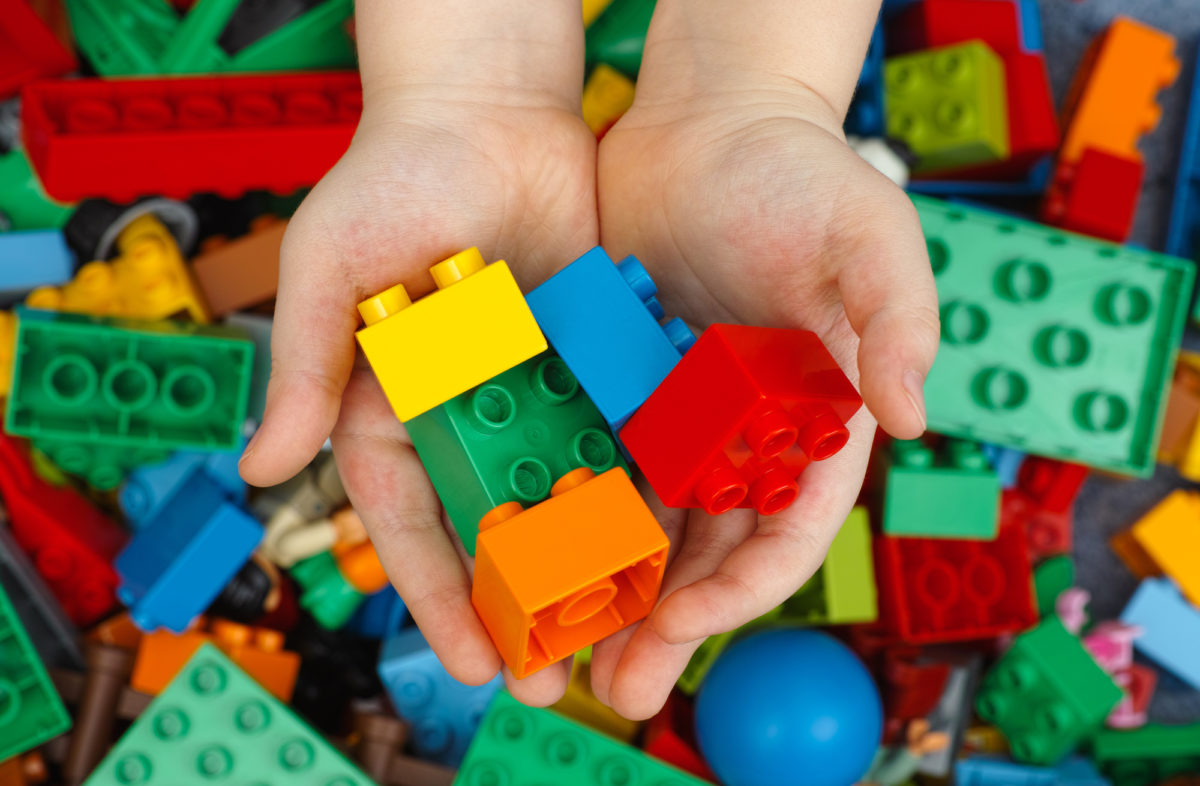Last week Lego announced that it will begin searching for a more sustainable material to replace the plastic in its iconic toy blocks. It’s not only great news for consumers, but could also be an example of how state disclosure laws and consumer demand are helping make the marketplace a little less toxic.
Responding to consumer demand for healthier products, over the last few years manufacturers of a wide variety of items, including personal care products, furniture, and toys, have decided to make their products with less toxic chemicals.
What’s helping to drive this consumer demand? One factor is better informed consumers. Thanks to state chemical disclosure laws, information on the toxic chemicals in consumer products is more readily available. Washington state passed the first chemical disclosure law for children’s products in 2008.
Washington’s disclosure law requires children’s product manufacturers to report the the presence of toxic chemicals that are a concern for children’s health in their products. In Washington, the information is made public on a searchable database available here. Lego, for example, has reported the presence of cobalt, antimony, and molybdenum in its toys, all chemicals listed by Washington state as a high concern to children’s health.
Use the Children’s Safe Products Act Database to find out what chemicals are in children’s products in your home. You can search by chemical or company.
Knowing what toxic chemicals are in a product is a powerful force on the marketplace. Consumers can avoid buying products that contain chemicals they don’t want.
Companies are starting to see the writing on the wall. As consumers become better educated about toxic chemicals and demanding products without them, more companies are meeting the demand by avoiding the chemicals altogether.
Back to Lego. The company is investing $150 million to develop the new material to replace its current plastic. It’s not cheap, but clearly Lego has decided that finding a better material is good for business. Disclosure laws and consumer pressure can be powerful motivators for change. They can move mountains, maybe even ones made of tiny grey blocks.
Now, if this new sustainable material could only be softer under parents’ feet when the bricks are inevitably stepped on – that would truly be revolutionary!




